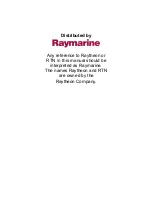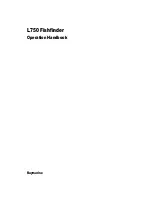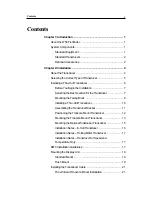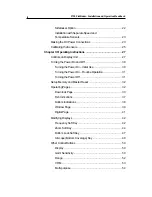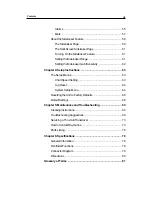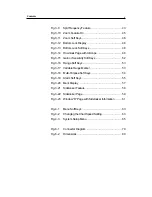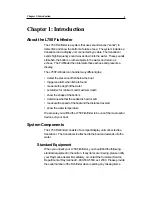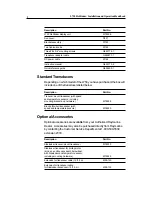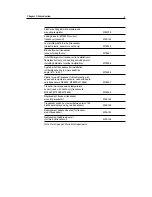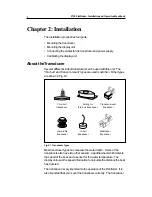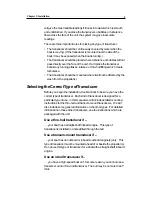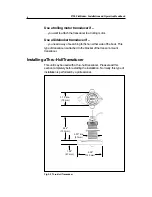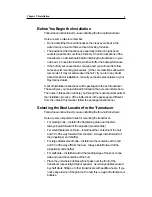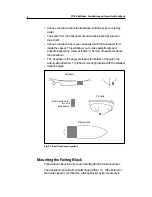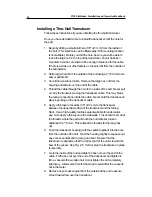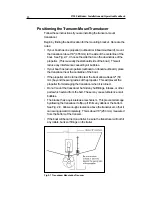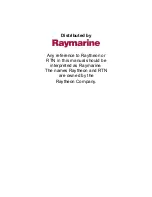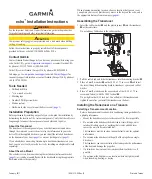
Chapter 2: Installation
5
will give the most reliable readings if it looks into water which is smooth
and undisturbed. If you place the transducer so bubbles or turbulence
flow across the face of the unit, the system may give inaccurate
readings.
There are three important rules for placing any type of transducer:
• The transducer should be continuously covered by water when the
boat is moving. (If the transducer is mounted near the side of the
boat, it may be exposed when the boat is turning.)
• The transducer should be placed where turbulence or bubbles will not
pass directly over the face of the unit. Don’t place the transducer
behind any running strakes, intakes, or thru-hull fittings which create
turbulence.
• The transducer should be mounted where it will not be affected by the
wash from the propeller(s).
Selecting the Correct Type of Transducer
Before you begin the installation, double-check to be sure you have the
correct type of transducer. Each kind of transducer is designed for a
particular type of use. In this manual we will include detailed mounting
instructions for the thru-hull and transom-mount transducers. We will
also include some general information on the other types. For detailed
information on these other transducers, see the instructions which are
packaged with the unit.
Use a thru-hull transducer if –
. . . your boat has a straight-shaft inboard engine. This type of
transducer is installed in a hole drilled through the hull.
Use a transom-mount transducer if –
. . . your boat has an outboard or inboard-outboard engine(s) only. This
type of transducer must be mounted ahead of or beside the propeller(s).
Do not use this type of transducer for a boat with a straight-shaft inboard
engine.
Use an in-hull transducer if –
. . . you have a high-speed boat or if, for some reason, you cannot use a
transom-mount or thru-hull transducer. The hull may be no more than 1"
thick.

